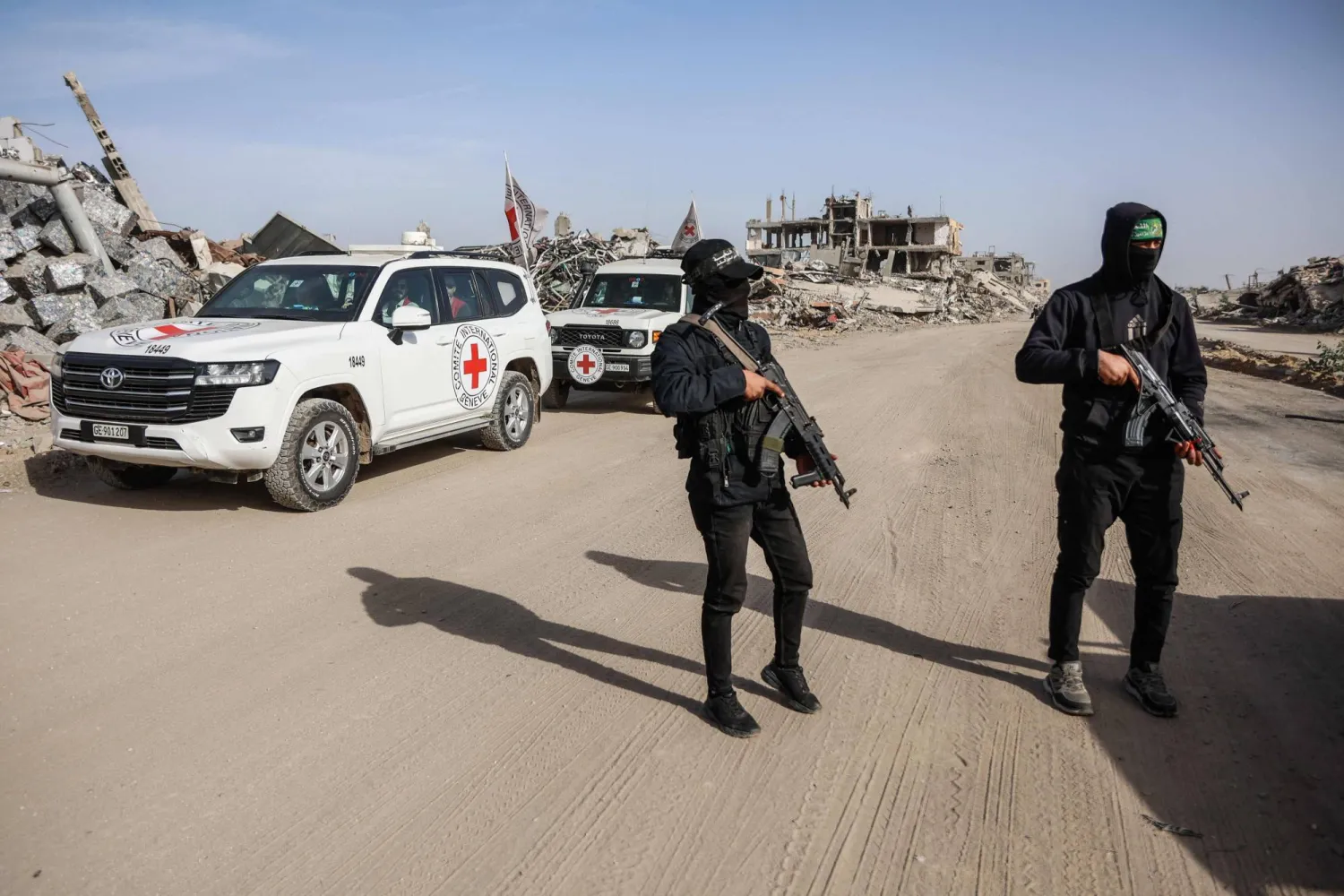As Yemen marked one year since the start of the truce agreement of April 2, 2022, recent UN World Food Program (WFP) data showed that 6 million people were projected to be one step away from famine and that the Program received only 17 percent of its needs to finance aid for the next six months.
In a 76-page report, WFP said 6.1 million people were projected to be one step away from famine or at the emergency level of the Integrated Food Security Phase Classification (IPC) by late 2022 - the highest number of any country in the world.
The Program noted that financing the actual needs plan for the six months from now until next September covers only 17 percent, while the funding requirements amount to $1.15 billion.
WFP also stated that 3.5 million people, including 2.3 million children and 1.3 million pregnant or lactating women and girls, were estimated to suffer from acute malnutrition, with indications of further deterioration.
According to the latest WFP food security data released in February, the prevalence of inadequate food consumption remained stable in January as compared to the previous month.
Close to half of Yemeni households (49 percent nationwide) reported inadequate food consumption during the month, with rates at critically high levels in 15 of 22 governorates.
Internally, the Program said a six-month nationwide truce precipitated the most peaceful period since the start of the conflict.
However, it added that the security situation remained volatile, and shrinking humanitarian space, especially in areas under Houthi militias’ authorities, directly affected WFP activities. Externally, the effects of the Russia-Ukraine conflict spurred increased needs, growing operating costs, and decreased funding, curtailing the scope and scale of WFP interventions.
However, WFP’s ability to deliver a principled response was hampered by a notable increase in attempts at interference, bureaucratic hurdles and delays, as well as movement and access restrictions. The majority of these were encountered in Houthi-controlled areas, it said.
The Program stated that especially concerning was an increasingly strict enforcement of practices that restrict women’s freedom of movement.
“These impacted both women’s ability to access services, as well as the ability of women WFP national staff members to conduct field work,” according to the report.
It noted that the restrictions imposed on women’s freedom of movement in areas under the Sanaa-based authorities were usually enforced when travelling between districts or further.
Meanwhile, WFP said it faced delays in the approval of permits and sub-agreements impeded planned activities. “Restrictions on the use of financial service providers delayed WFP’s scale-up of the use of cash-based transfers,” the report added.
It then noted that the positive impacts of the truce were tempered by a shrinking space for principled humanitarian action. “The humanitarian community reported more than 3,500 access incidents in 2022, affecting the provision of assistance to at least five million people,” the report explained.
WFP also said it focused most of its available resources on meeting the enormous food assistance needs in Yemen with life-saving unconditional resource transfers and that it worked to prevent and treat malnutrition through an expanded portfolio of nutrition activities, improved children’s food intake and increased school attendance through school feeding and worked to safeguard livelihoods, build resilience, and revitalize smallholder agricultural production.
According to the March 2022 Integrated Food Security Phase Classification Acute Malnutrition (IPC AMN) analysis, approximately 2.2 million children under five, and 1.3 million pregnant and lactating women and girls suffered from acute malnutrition, WFP stressed, adding that overall, it provided nutrition assistance to 3.3 million people, including 1.7 million children.









